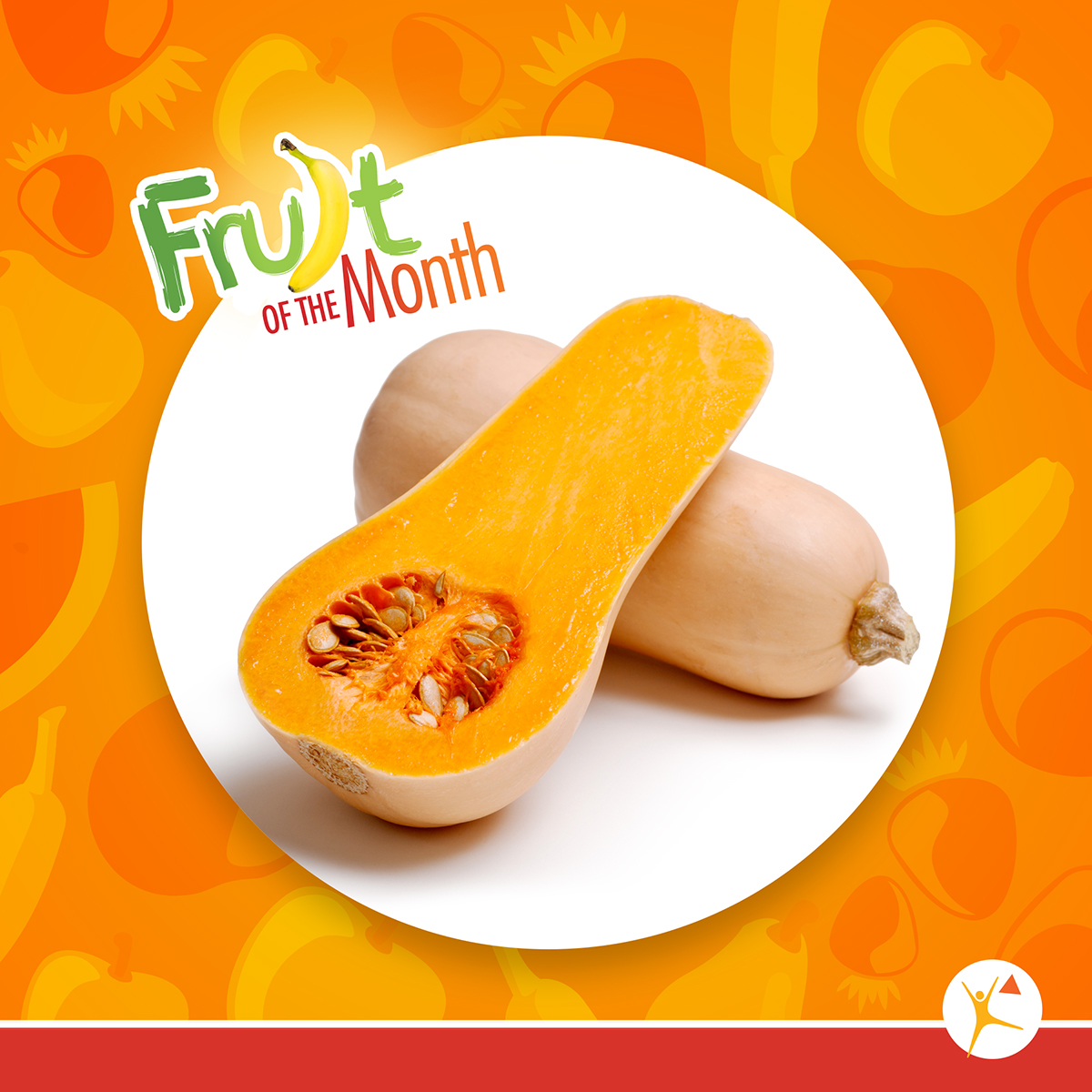Even though squash is technically classified as fruit, for cooking purposes it’s treated like a vegetable. It’s a member of the gourd family and is packed with nutrients.
Squash is a great source of:
- Dietary fiber to help digestion
- Vitamin A to boost immune health, keep your eyes healthy, and help cell growth
- Lots of phytonutrients to keep you healthy all the way around
Did you know?
Archaeological evidence gathered from Canada to South America shows people have known about the benefits of squash for almost 10,000 years. For generations, people relied on two primary sources of food to get through the winter months: wild game, and nutrient-dense plants that keep well… like squash! That means craving mom’s squash soup or pumpkin pie is more than just nostalgic—those complex carbohydrates can come in handy when the temperatures drop.
Squash varieties
Summer squash tends to have a relatively long growing season. They are planted in the spring and early summer, but are readily available well into the fall and early winter. There are many different types, including the popular zucchini and common yellow/crookneck squash; as well as the pattypan, which comes in shades of yellow, green, cream, and even white.
A medium summer squash (6-8″ long) contains about 70 calories and is a great source of fiber and potassium. All have a mild flavor and can be shredded (skins and all) for soups or sauces, or can be baked or grilled.
Winter squash arrive in supermarkets or farmers markets late summer through late winter. These heartier varieties have a thicker outer shell which allows them to keep for longer periods of time.
Butternut, acorn, pumpkin, and spaghetti squash are some of the more well-known types, but there are plenty of unusual shapes and colors to add to your table—like the blue hokkaido, the plump cheese (aka Cinderella pumpkins), the cheerfully-striped delicata, the speckled kabocha, and the humongous hubbard.
Flavors range from mild to nutty to sweet. Each kind is a solid choice for roasting, baking, or pureeing for soups. With its dense texture, squash makes it easy to use in soups, casseroles, breads, and desserts. Watch this video on preparing winter squash.
Five ways to eat more squash
- Sas-squashed: Stuff a winter squash with meat, fruit, and nuts and bake for a hearty meal.
- Very gourd snack: Cut butternut squash into French-fry sized pieces. Lightly toss in oil. Sprinkle it with cumin and chili powder. Roast until tender.
- Gourd-geous dish: Chunk and roast squash as a compliment to a savory fall entree.
- Soup, there it is: Puree butternut squash for a delicious, golden-colored soup.
- An impasta: Switch out pasta for butternut squash, a healthier alternative. Steam or microwave until cooked, then top with your favorite sauce and veggies.
Helpful squash equivalents:
- 1/3 to 1/2 pound raw unpeeled squash = 1 serving
- 1 pound peeled squash = 1 cup cooked, mashed
- 2-1/2 pounds whole squash = 2-3/4 to 3 cups pureed
- 1 pound trimmed squash = 2 cups cooked pieces
- 1 pound squash = 2 to 3 servings
- 12 ounces frozen squash = 1-1/2 cups
You can’t beat squash—a great all-around choice for the dinner table. Just don’t be surprised when your family starts asking you to cook the autumn centerpiece you arranged.
Fact check: Eat Well Live Well Campaign, Pick It! Try It! Like It!, Harvard School of Public Health, Iowa State Extension
Can’t get enough fruits and veggies? Be sure to check out Harvest of the Month, a downloadable educational program designed to make learning about fruits and veggies easy, tasty, and fun!


